
Understanding Clogged Milk Ducts and Non-Infectious Mastitis: A Comprehensive Guide
Breastfeeding is a meaningful and rewarding experience, but it can come with challenges—including clogged milk ducts and non-infectious mastitis. These conditions can cause discomfort, interrupted
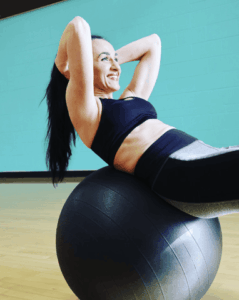
Crunches for Diastasis Recti Abdominus (DRA): To Crunch Or Not To Crunch?
Are Crunches for Diastasis Recti Abdominus a Good Idea? Let’s Discuss. What does the most recent evidence say about the best exercises to rehab from

Understanding Birth Injuries: Levator Ani Muscle Avulsion
Exploring the clinical consequences of Levator Ani Muscle Avulsion Including its risk factors and current management strategies, including the role of pelvic floor physical therapy Levator
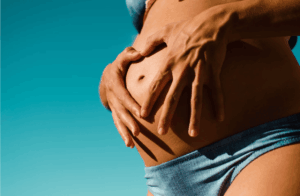
Understanding Relaxin: Why It Doesn’t Cause Pain in Pregnancy
Pregnancy is a time of significant physical and hormonal changes, and among the many hormones involved, Relaxin plays a crucial role. However, there’s a common

What is the Pelvic Floor and What Happens After Giving Birth?
The pelvic floor is a crucial yet often overlooked part of our anatomy. It is a group of muscles akin to a hammock, starting from

Negotiating Physical Activity for Perinatal Mental Health
Negotiating Physical Activity for Perinatal Mental Health Exercise is commonly prescribed as one method to help improve one’s mental health (Ekkekakis 2013, Hu et al
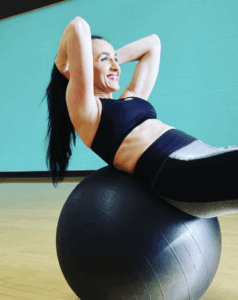
What are deep core muscles and how does pregnancy affect them?
What are the “deep core muscles”? The “deep core” is a muscle group that acts to stabilize your spine. This muscle group consists of the

Lightning Crotch in Pregnancy: How You Can Start Recovering from SPD
What is symphysis pubis dysfunction (Lightning Crotch)? Symphysis pubis dysfunction (SPD), also known as pubic symphysis dysfunction, anterior pelvic girdle pain, or lightning crotch, is

Pregnancy Related Carpal Tunnel Relief – Exercises for Carpal Tunnel Syndrome While Pregnant
Learn These Simple Exercises For Pregnancy Related Carpal Tunnel Relief During pregnancy, swelling is a common occurrence. Swelling of the legs, feet, and ankles is common,
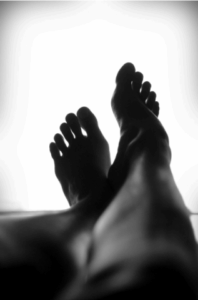
How To Manage Swelling During Pregnancy – Edema
What is Edema, and what causes swelling during pregnancy? During pregnancy, extra water and salt retention is one of the most common complaints and symptoms

Safe Exercise During Pregnancy: ACOG Backed Guidelines
Dr. Debbie Dy, PT, DPT Orthopedic Clinical Specialist/Pelvic Health Physical Therapist Once the exciting news of a new pregnancy is shared, it is common to

Underreported Pregnancy Related Lumbopelvic Pain (aka PLPP)
Underreported Pregnancy Related Lumbopelvic Pain: A common condition that most healthcare providers are missing and how physical therapy can help Being pregnant comes with lots
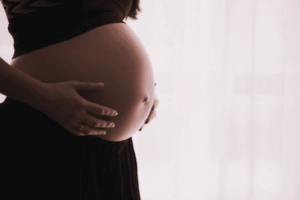
Top 5 Labor Positions for Vaginal Birth
What Are Some of the Best Labor Positions For Vaginal Birth? Read on to find out why not all labor positions are created equal If
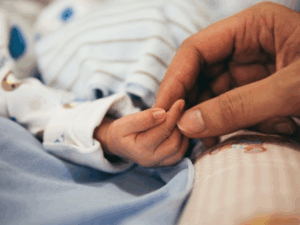
Pelvic Floor Physical Therapy: Treatment for Levator Ani Avulsion
Learn About Pelvic Floor Physical Therapy as Treatment for Levator Ani Avulsion The pelvic floor is a group of muscles positioned like a hammock along

Blog: Working with a Doula | The Benefits of a Birthing Advocate
Are You Thinking of Working with a Doula? Here are some of the benefits Being a pelvic floor physical therapist, I work with pregnant and
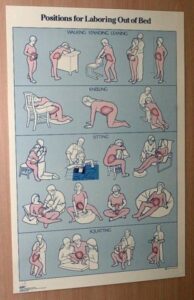
4 Pelvic Floor Stretches for Childbirth That You Need NOW
All About the Importance of Pelvic Floor Stretches for Childbirth **Talk to your physical therapist and healthcare team about specific guidelines for you** Are you

How to Manage Urinary Incontinence After Childbirth | Postpartum Recovery Series – Part 5
Postpartum Recovery Series Part 5 Managing Urinary Incontinence After Childbirth Urinary incontinence is the unwanted leakage of urine, also known as accidental bladder leakage. There

Incontinence During Pregnancy & Postpartum | Postpartum Recovery Series – Part 4
What causes incontinence during pregnancy? There are many causes for incontinence during pregnancy and postpartum. Some of the proposed factors are: hormonal changes, pelvic floor

Vaginal Childbirth Positioning Series | Part 2: Upright Labor Positions
Upright Labor Positions for the Second Stage of Labor If you missed part 1 in the vaginal childbirth positioning series, go back and read it

Vaginal Childbirth Positioning Series | Part 1: Pre-Birth Stage of Labor
Positioning for the Pre-Birth Stage of Labor What to Expect and What to Focus On: If you have been pregnant for many months now, it
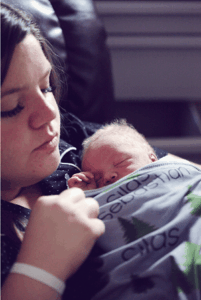
Pelvic Floor Injury During Childbirth: All About Levator Ani Avulsion
Levator Ani Avulsion: Understand your pelvic anatomy to better understand your injury The pelvic floor is a group of muscles positioned like a hammock along

Preparing your Pelvic Floor for Childbirth
What can a mother do to prepare her pelvic floor for pregnancy and childbirth? First, you might be asking yourself “what is the pelvic floor”?

Joint Laxity and Pregnancy | What is it and What can you do about it?
Laxity in Pregnancy is what may be causing you those aches and pains The Role of the Relaxin Hormone As discussed previously on the blog,

What’s Happening To Your Hormones During Pregnancy?
Do you really know what happens to your hormones during pregnancy? Do you know what hormones are in play during pregnancy? Well, let’s go through
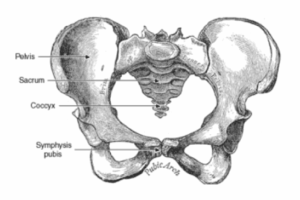
What to do if You Have Pelvic Girdle Pain (Pubic Symphysis Pain)
Pain at the pubic bone is also known as pelvic girdle pain It is a common ailment experienced during pregnancy In fact, in a study
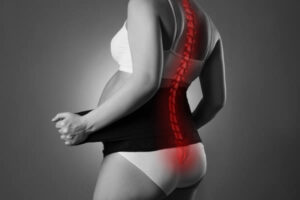
Pelvic Floor Physical Therapy During Pregnancy
It’s truly amazing what bodies endure during and following pregnancy. We praise all the new parents that come into the clinic for their resilience not

Ergonomics with Baby Care and Self Care After Cesarean Section
Self Care After Cesarean Section, With an Emphasis on Baby Care Ergonomics Today we talk about ergonomics with baby care after a cesarean section. It’s important

Does Endometriosis Affect Fertility and Pregnancy?
How Does Endometriosis Affect Fertility and Pregnancy? As we continue our series about endometriosis, today we address how endo might affect fertility and pregnancy. Endometriosis

What’s Up Down There, Doc?
Have You Ever Asked “What’s Up Down There, Doc?” Pelvic floor physical therapy is one of the best kept secrets in medicine. I was on

